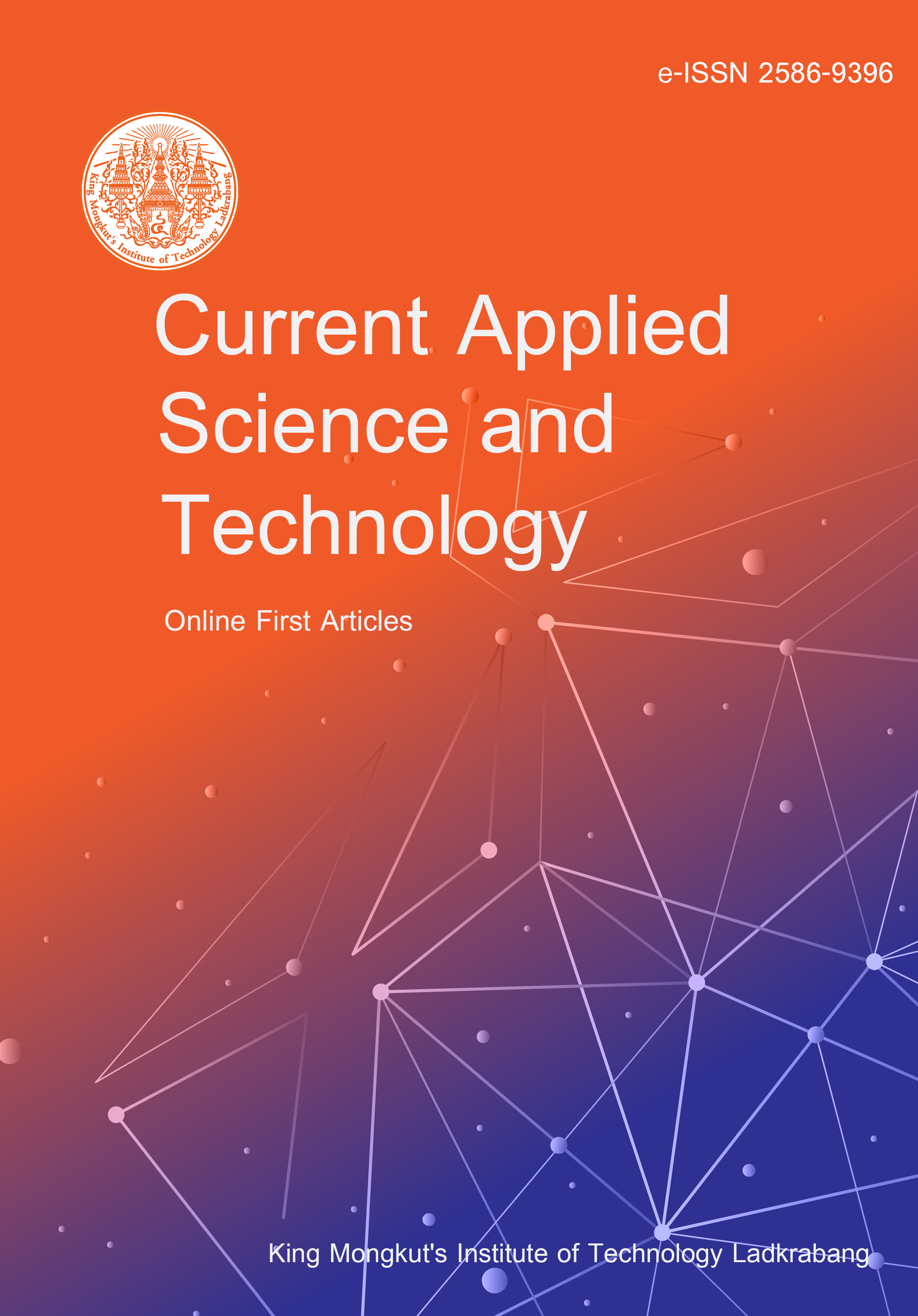HAT-P-43 b is a hot Jupiter exoplanet that orbits a late-F-type host star with a period of 3.332687 days. In this work, we present a detailed analysis of HAT-P-43 b using 47 light curves from the Transiting Exoplanet Survey Satellite (TESS), 9 light curves from the Kepler space telescope, four light curves from the Thai Robotic Telescopes (TRTs), and 4 previously published light curves from Boisse et al. (2013). The light curves were analyzed to derive HAT-P-43 b’s physical parameters and mid-transit times for each transit using the TransitFit package. Using the newly derived mid-transit times, the transit timing variations (TTV) of HAT-P-43 b were analyzed. To detect the periodicity of the TTV signal, a Generalized Lomb-Scargle (GLS) periodogram was created using the mid-transit times. The analysis revealed a peak at 0.184146 cycles per period, corresponding to a period of 5.43046 periods per cycle, with a false alarm probability (FAP) of 0.54%. Although a low FAP was obtained, the sinusoidal fitting of the HAT-P-43 b TTV did not match well, making it difficult to draw a definitive conclusion about the presence of a third body. Therefore, future observational data will be valuable in confirming whether a third body exists in this system.
Sareh, M. undefined. ., Awiphan, S. undefined. ., A-thano, N. undefined. ., Komonjinda, S. undefined. ., & Kerins, E. undefined. . (2025). Investigating Transit Timing Variations of a Hot Jupiter HAT-P-43 b. CURRENT APPLIED SCIENCE AND TECHNOLOGY, e0265878. https://doi.org/10.55003/cast.2025.265878

